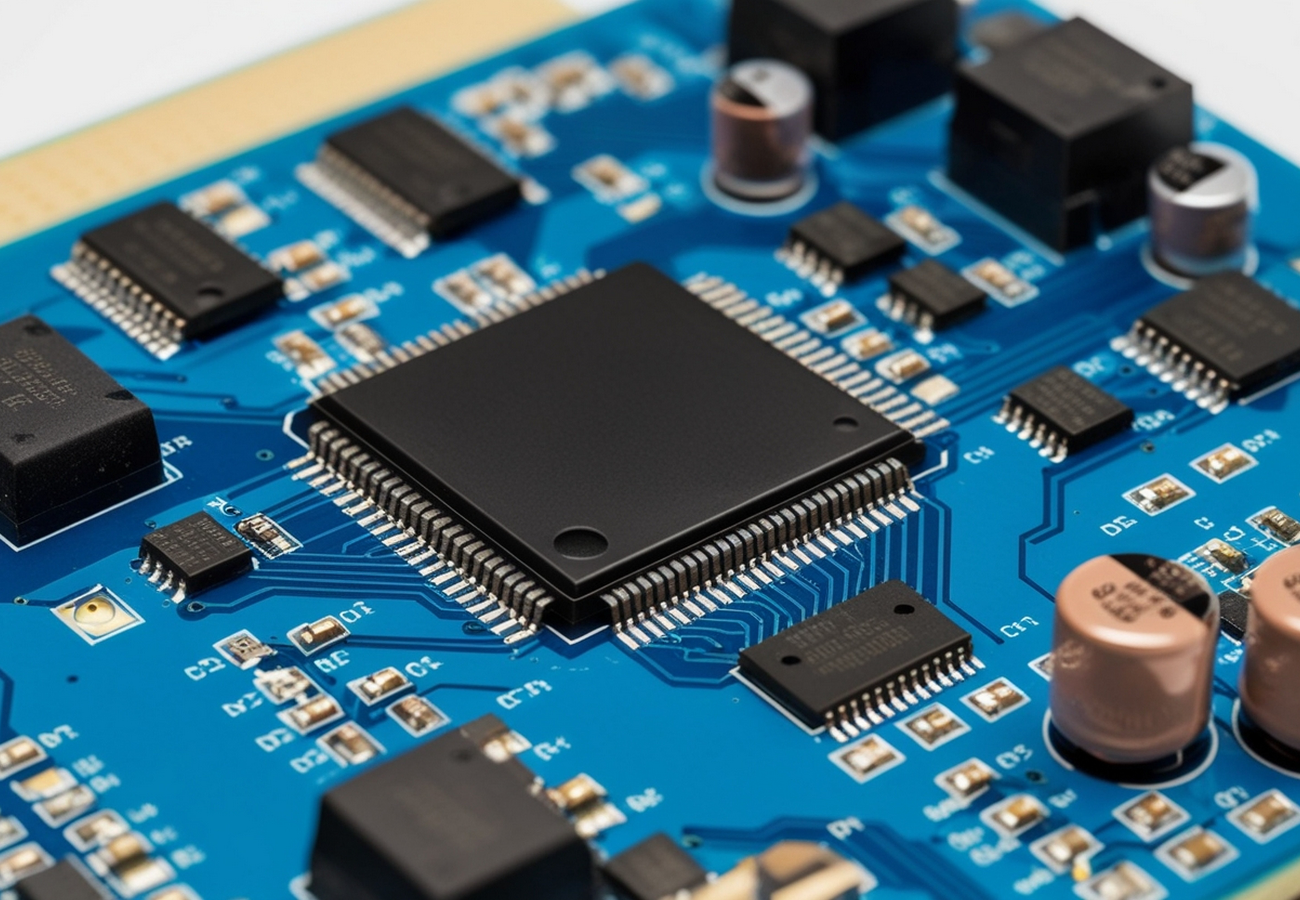Complete Solutions for Modern Electronic Manufacturing
In the electronics industry, IC Programming plays a vital role in ensuring that integrated circuits function exactly as intended within printed circuit board (PCB) assemblies. This process involves writing specific firmware or software directly into the memory of microcontrollers, processors, or programmable chips, enabling them to perform the desired functions in a device. With increasing demand for smarter, faster, and more reliable electronics, professional IC programming services have become a cornerstone of modern PCB manufacturing.
By combining technical expertise with advanced equipment, IC Programming specialists can deliver precise and consistent results. This level of accuracy ensures that devices operate flawlessly, reducing the need for post-production adjustments or costly reworks. Whether it’s for prototypes, small batches, or large-scale production, this service is essential for industries ranging from consumer electronics and automotive to industrial control systems and medical devices.
The Importance of IC Programming for PCB Projects
Every PCB project is unique, with different design requirements, component specifications, and performance goals. IC Programming is a critical step that allows the integration of customized code, enabling each circuit to function according to its intended application. Without proper programming, even the most advanced hardware may not deliver the desired results.
Professional IC programming ensures that all devices in a production run receive the exact same firmware, guaranteeing consistent performance. It also allows for the inclusion of security features, calibration data, or specific communication protocols that are vital for the device’s operation. This precision makes it a must-have process in electronics manufacturing.
Advanced Equipment and Techniques
Modern IC Programming relies on high-speed automated programmers, ensuring rapid processing without sacrificing accuracy. These systems can handle a wide range of package types and chip architectures, including microcontrollers, FPGAs, and flash memory devices. Advanced programming stations also provide verification processes, ensuring that the data has been correctly written to each device before it moves on to PCB assembly.
Additionally, in-circuit programming (ICP) and boundary-scan methods allow programming to be performed directly on the assembled PCB. This eliminates the need for separate pre-programming stages and allows last-minute updates or adjustments to be made without disassembling the board.
Seamless Integration with PCB Assembly
When IC Programming is integrated into the PCB manufacturing workflow, production efficiency improves significantly. Pre-programmed devices can be delivered directly to the assembly line, or chips can be programmed after placement using in-line systems. This flexibility ensures that even urgent production changes can be accommodated without disrupting schedules.
Such integration is especially valuable for just-in-time manufacturing environments, where speed and adaptability are essential. It also reduces handling risks since the components are programmed and verified in a controlled environment, minimizing the possibility of damage or errors.
Quality Assurance and Testing
A key element of professional IC Programming is thorough quality control. Each programmed device undergoes verification to ensure the firmware has been written correctly and that the device responds as expected. This may include checksum validation, functional testing, and voltage/current monitoring during the programming process.
By maintaining strict quality assurance protocols, manufacturers can prevent defective or incorrectly programmed chips from entering the assembly line. This reduces waste, shortens production timelines, and ensures that the final PCB assemblies meet exact performance specifications.
Benefits for Prototyping and Mass Production
IC Programming provides unique advantages at different stages of production. For prototypes, it enables rapid testing of new firmware versions, allowing engineers to refine their designs before committing to mass production. For large-scale manufacturing, it ensures uniformity across thousands or even millions of units, with each device containing identical, verified code.
The ability to implement last-minute updates also means that products can be kept current with the latest software enhancements or security patches right up to the moment they are shipped. This adaptability is crucial in industries where technology evolves rapidly.
The Role of IC Programming in Future Electronics
As devices become increasingly intelligent and interconnected, IC Programming will continue to grow in importance. Future advancements may include AI-assisted programming verification, cloud-based firmware distribution, and fully automated in-line programming systems capable of handling multiple chip types simultaneously.
By combining precision, flexibility, and integration into the manufacturing process, IC programming ensures that modern electronics deliver on their full potential. Whether for consumer gadgets, advanced automotive systems, or mission-critical industrial equipment, it remains an essential step in turning innovative PCB designs into fully functional, market-ready products.
